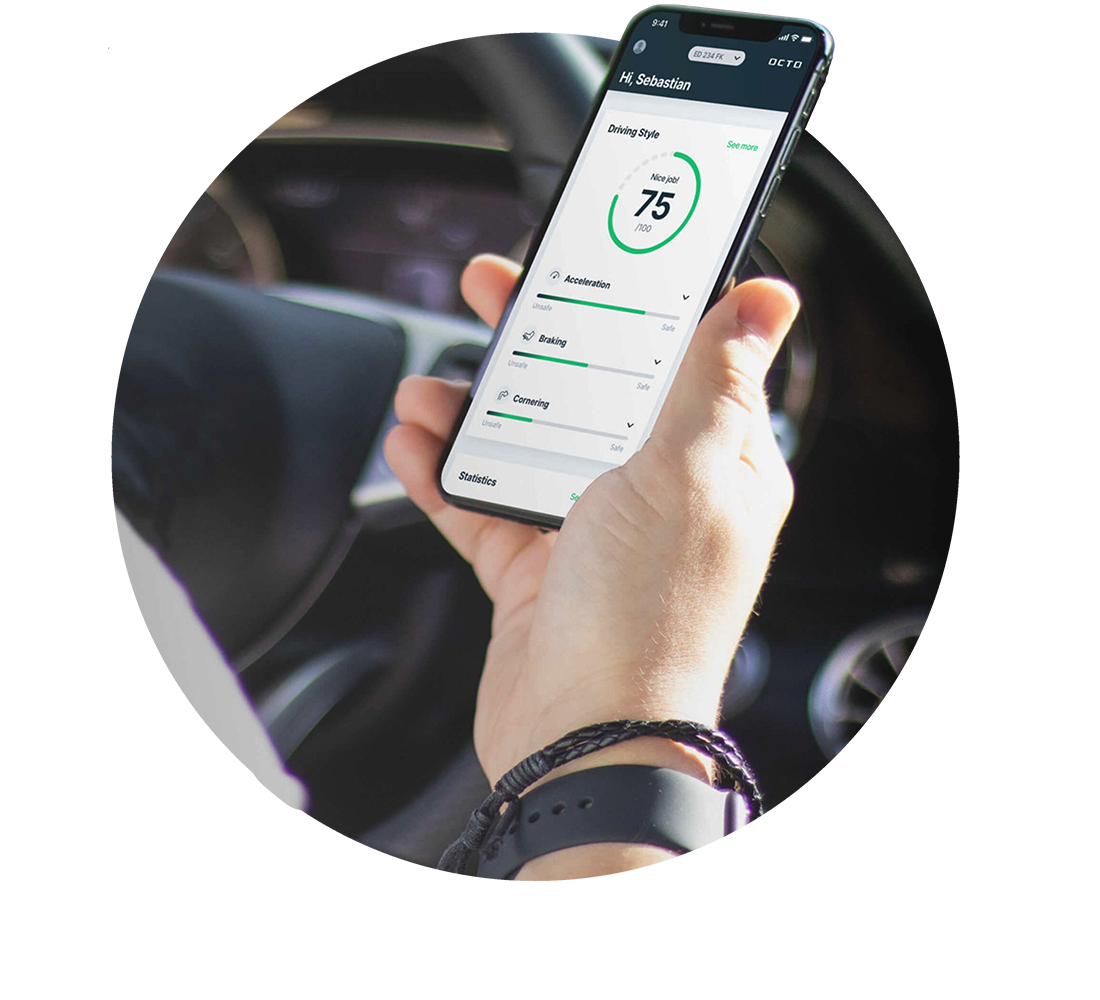Telematics solutions to compare
What is telematics?

Telematics is a powerful technology used to monitor and optimise vehicle efficiency. This can be for anything from one vehicle to an entire fleet. It’s used to gather a wide range of precise data, including vehicle location and activity, vehicle diagnostics, asset tracking, driver behaviour, fuel consumption tachograph data, temperature monitoring and more.
With accurate and detailed data, you can improve productivity, manage resources more efficiently and maximise commercial performance.
The aim of telematics is to help businesses get complete control over vehicles, drivers and fleet operations. We’ve helped businesses all over the world find the right vehicle telematics solutions for their needs to accomplish just that. Let us help you reach your business goals.
Our purpose is to save you time and money. We are experts at scouring the market, sourcing the best deals and passing them on to you.
How does telematics work?

Telematics uses sensors and GPS technology to track the performance and location of your vehicle and send the data to a central server. From there, you can view the data in real-time through a web-based platform or mobile app.
Some systems gather data through an on-board diagnostics port (OBD-11) or through the CAN bus, granting you access to valuable information such as vehicle diagnostics, speed, acceleration and other data to determine your driver’s behaviour.
This means you can make informed decisions and keep an eye on your fleet no matter where you are in the world.
Which telematics solutions should you choose?
Vehicle tracking
It’s more than just vehicle location. It’s lower costs and increased safety and security. Set up customised alerts and get real-time data for all the vehicles in your fleet.
Fleet telematics systems
Designed with a focus on business needs, no matter how big or small. Telematics systems give you full control over your fleet and business operations to enhance productivity.
Asset tracking
Stationary or moving, your assets should be tracked for better security. Add a stolen recovery service to increase the chances of recovering your assets by up to 95% and save money.
Dash cams
Dash cams are 4G-connected allowing you to access footage remotely and get indisputable proof in case of accidents. Protect your drivers and your business.
Benefits of telematics

From saving money to boosting performance, telematics has many benefits to offer businesses. The key to unlocking them all is finding the right solution for your organisation. Here at iCompario, we help companies of all sizes access the most suitable solutions for their needs.
- Improve cost management. Telematics helps you optimise routes and manage your fuel consumption more efficiently. It also reduces the likelihood of theft and lowers insurance and maintenance costs.
- Increase security and lower risks. Driver behaviour reports are one of the most powerful features of telematics. They enable you to be proactive and stay on top of issues like dangerous driving habits.
- Maximise efficiency. All data telematics provides can help you optimise your business. With every report you can save time and manage your resources better, staying ahead of your competition.
How iCompario works
About your business
You tell us about your fleet, your business and what you need from telematics and we'll take it from there.
The best offers
We compare your needs with the telematics solutions and providers available and get quotes on the best matches.
Start saving
Once we’ve identified your match, we check your details and pass them on to the relevant company to get started.
Frequently asked questions
Yes, definitely. The benefits of using telematics do not relate to the size of a company or fleet. They don’t always fully correlate to the amount of time vehicles spend driving on the road each day, either. The amount of cash a business can save through using telematics to cut costs will vary depending how much of the functionality it uses.
A telematics device is a piece of technology designed to collect and transmit data about a vehicle's performance and location. It's a powerful tool that can help businesses better understand how their vehicles are being used and make informed decisions about how to improve efficiency, safety and overall performance. With a device installed in your vehicle, you can track things like fuel consumption, maintenance needs and driver behaviour, all in real-time.
How your telematics device will be fitted depends on the type you choose. Some telematics devices can be self-installed. These are usually fitted to the windscreen and connected to the vehicle’s power source. Self-install telematics devices may be perfect for sole traders or small businesses. For example, a self-employed courier could choose a self-install device for his van tracking. The more professional and, therefore, safer devices need to be installed by an engineer. They are more appropriate for fleet tracking or HGV tracking. These are usually installed internally, like behind the dashboard. A professional has to make all the necessary connections for these devices and it usually takes about one hour.
There are multiple telematics solutions for multiple business needs. Of course, this translates into multiple price ranges. Self-install vehicle telematics devices can be cheaper. But do they fit your business needs or do you need a more professional, engineer-installed device?
We help businesses identify their most pressing needs and find the right vehicle telematics solution to answer those needs. All within their budget.
You have to keep in mind that a telematics device remains active at all times, even when the vehicle is not used. However, when the vehicle is not in use, the device enters a low-power mode to preserve battery power.


